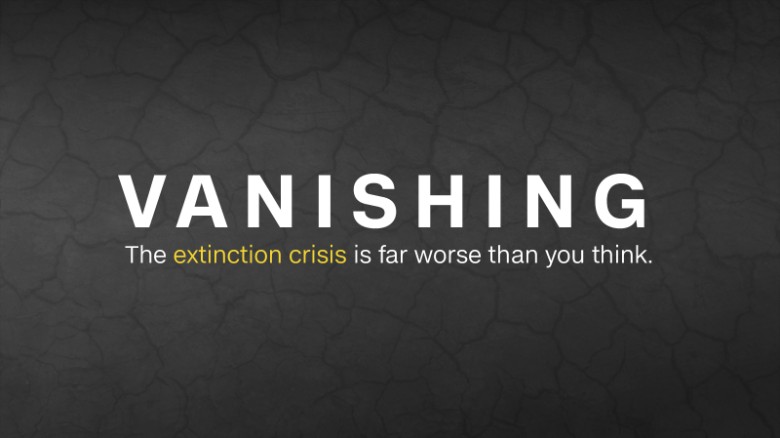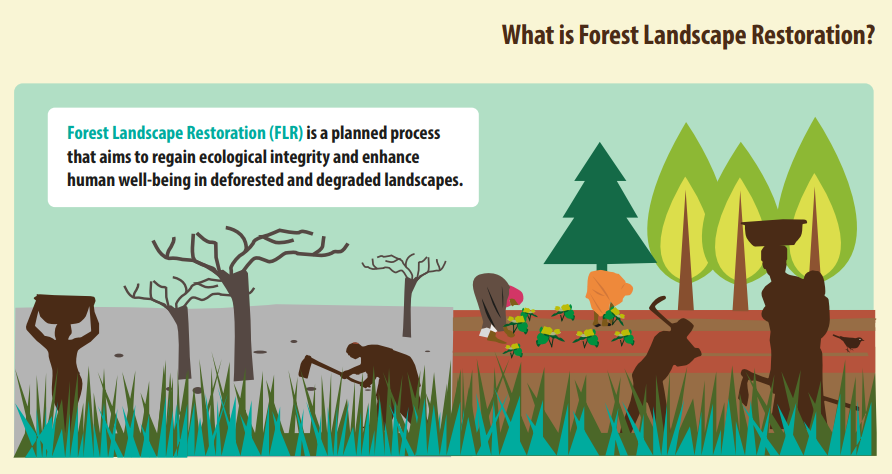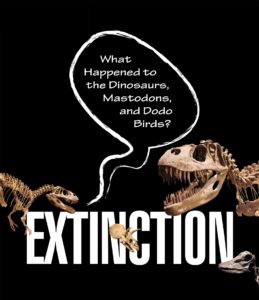Warning: a sixth mass species extinction is on the cards
When an entrepreneur designs, makes and markets handbags made of donkey skin, and they become hugely popular, that’s good for business and employment, right? But if the donkey leather is sourced from developing countries with weak environmental laws, what is the socio-economic and environmental impact?
The unsustainable extraction of a resource, whether it’s donkeys, plants, trees or minerals, can have adverse effects on the environment and communities in distant lands. In the case of donkeys, a valuable mode of all-weather, carbon neutral transport is removed from those most in need of transport in remote rural settings.

This is one of the points highlighted in a new report by the Intergovernmental Science-Policy Platform on Biodiversity and Ecosystem Services (IPBES), an independent intergovernmental body, established by member States in 2012. UN Environment is an accredited observer and hosts the platform’s secretariat.
“Currently, degradation of the Earth’s land surface through human activities is negatively impacting the well-being of at least 3.2 billion people, pushing the planet towards a sixth mass species extinction, and costing more than 10 per cent of the annual global gross product in loss of biodiversity and ecosystem services,” says the platform’s Assessment report on land degradation and restoration.
Combating land degradation and restoring degraded land is an urgent priority to protect the biodiversity and ecosystem services vital to all life on Earth and to ensure human well-being, it says.
“The recently announced UN Decade of Ecosystem Restoration 2021-2030, led by UN Environment and the Food and Agriculture Organization of the United Nations, will drive more coherent action restoration on farmland, forests, rivers, lakes and seas globally,” says Tim Christophersen, head of UN Environment’s Freshwater, Land and Climate Branch, and Chair of the Global Partnership on Forest and Landscape Restoration.
Reversing land degradation: the time to act is now
The main direct drivers of land degradation and associated biodiversity loss are expansion of crop and grazing lands into native vegetation, unsustainable agricultural and forestry practices, climate change, and in specific areas, urban expansion, infrastructure development and the extractive industry.
Investing in avoiding land degradation and the restoration of degraded land makes sound economic sense; the benefits generally by far exceed the costs, says the report.
Timely action to avoid, reduce and reverse land degradation can increase food and water security, contribute substantially to the adaptation and mitigation of climate change and contribute to the avoidance of conflict and migration.
“Unless urgent and concerted action is taken, land degradation will worsen in the face of population growth, unprecedented consumption, an increasingly globalized economy and climate change,” says the report.
Another key message from the report is that the implementation of known, proven actions to combat land degradation and thereby transform the lives of millions of people across the planet will become more difficult and costly over time. We need an urgent step change in effort to prevent irreversible land degradation and accelerate restoration measures.
Restoration best practices already exist
Forest and landscape restoration is the process of reversing the degradation of soils, agricultural areas, forests, and watersheds thereby regaining their ecological functionality. Restoration can happen by taking deliberate steps to integrate a greater number and variety of tree species into gardens, farms, fields and forests; or by allowing natural regeneration of overgrazed, polluted or otherwise overused ecosystems.
A new study, The ecology and economics of restoration: when, what, where, and how to restore ecosystems, surveys the history of land restoration efforts and highlights best practices.

For when to restore, the report highlights the value of pursuing restoration early to prevent ecosystems from crossing tipping points and evaluating whether unassisted natural recovery is more cost-effective than active restoration.
For what to restore, the report encourages developing a restoration plan with stakeholders that will restore structural, compositional, and functional endpoints, and whose goal is a more resistant and resilient ecosystem.
For where to restore, the report emphasizes developing restoration approaches that can address the impediment of rural poverty in the developing world, and identifying and then balancing the ecosystems and regions in most need of restoration and those that are best positioned for success.
For the economics of how to restore ecosystems, the report reviews the advantages and disadvantages of market-based strategies, such as environmental insurance bonds and payment for ecosystem services frameworks, for funding, incentivizing, and ensuring restoration.
In line with the Intergovernmental Science-Policy Platform on Biodiversity and Ecosystem Services report, the study concludes that ecological restoration can complement conservation efforts in maintaining services provided by natural capital and thus improving human livelihoods.
The Restoration Initiative: scaling up restoration
The Restoration Initiative (TRI) is a programme to help countries restore degraded landscapes at scale. With US$54 million in grant support, it is the largest-to-date Global Environment Facility–supported programme to restore degraded lands.
The Restoration Initiative unites 10 countries and three Global Environment Facility agencies—the International Union for the Conservation of Nature (lead agency), the Food and Agriculture Organization of the United Nations, and UN Environment—in working to overcome existing barriers to restoration.
The Bonn Challenge is a global effort dating back to 2011 to bring 150 million hectares of deforested and degraded land into restoration by 2020.
All United Nations programmes and agencies are signed up to the 2030 Sustainable Development Goals. Goal 15 is set to “protect, restore and promote sustainable use of terrestrial ecosystems, sustainably manage forests, combat desertification, and halt and reverse land degradation and halt biodiversity loss.”
Source: unenvironment.org





